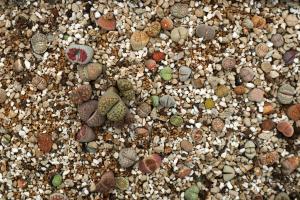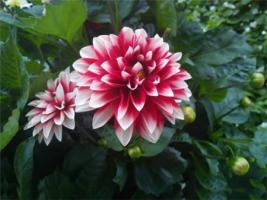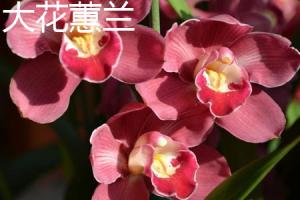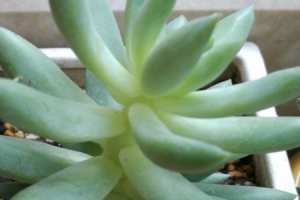Can you plant trees in drainage easement?
Drainage easement is an area of land that is designated for the purpose of managing stormwater drainage. It is usually located along the edge of a property or near a waterway. The question of whether trees can be planted in drainage easements is a common one among homeowners. In this article, we will discuss the answer to this question and why it is important for homeowners to be aware of the regulations surrounding this issue.
The answer to the question
The answer to the question of whether you can plant trees in drainage easements is generally no. Trees can interfere with the flow of stormwater and cause blockages, which can lead to flooding and other drainage problems. In addition, trees can also damage the pipes and infrastructure that are installed in drainage easements. Therefore, most cities and counties have regulations in place that prohibit the planting of trees in these areas.
Why it is important to follow the regulations
It is important for homeowners to follow the regulations surrounding the planting of trees in drainage easements. Failure to do so can result in fines and other penalties. In addition, planting trees in these areas can lead to drainage problems that can affect not only the homeowner's property but also the properties of neighboring homeowners. Flooding caused by blockages in drainage easements can also lead to property damage and potential safety hazards.
Alternative solutions
If you are interested in planting trees on your property but are unable to do so in the drainage easement, there are alternative solutions. One option is to plant trees in other areas of your property that are not designated as drainage easements. This can provide additional benefits such as shade, privacy, and improved air quality.
Another option is to plant smaller, low-maintenance trees that are less likely to interfere with the flow of stormwater. These types of trees can be planted farther away from the drainage easement and can still provide many of the benefits of larger trees.
Conclusion
While it may be tempting to plant trees in drainage easements, it is important to follow the regulations to prevent drainage problems and potential penalties. As a homeowner, it is important to be aware of the regulations surrounding this issue and to explore alternative solutions for planting trees on your property. By working with your local government and following the regulations, you can ensure that your property is safe, healthy, and beautiful.

 how many times do yo...
how many times do yo... how many planted tre...
how many planted tre... how many pine trees ...
how many pine trees ... how many pecan trees...
how many pecan trees... how many plants comp...
how many plants comp... how many plants can ...
how many plants can ... how many plants and ...
how many plants and ... how many pepper plan...
how many pepper plan...































